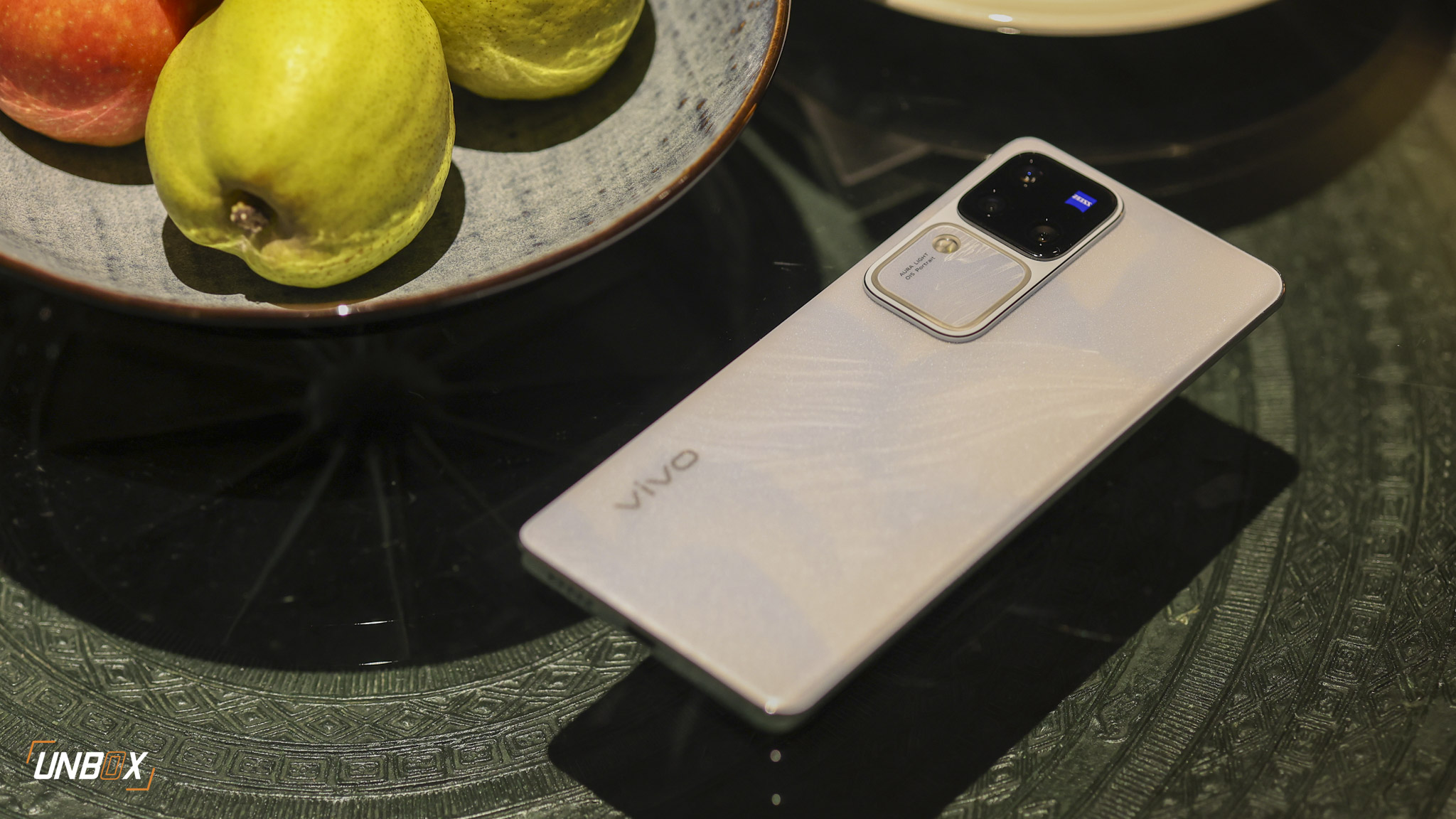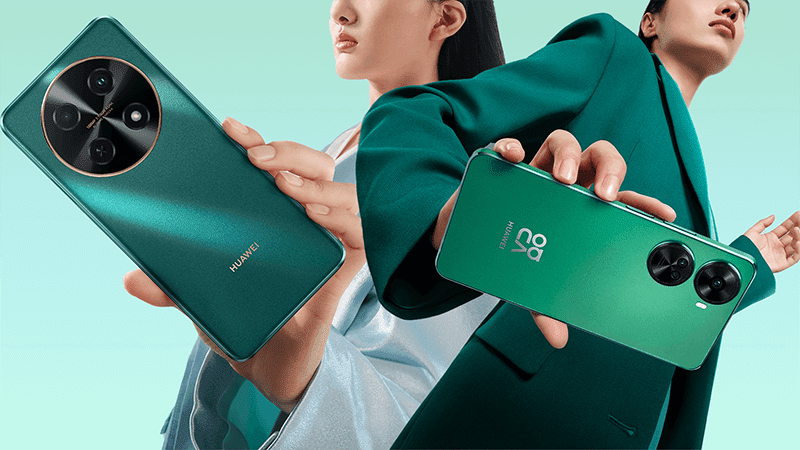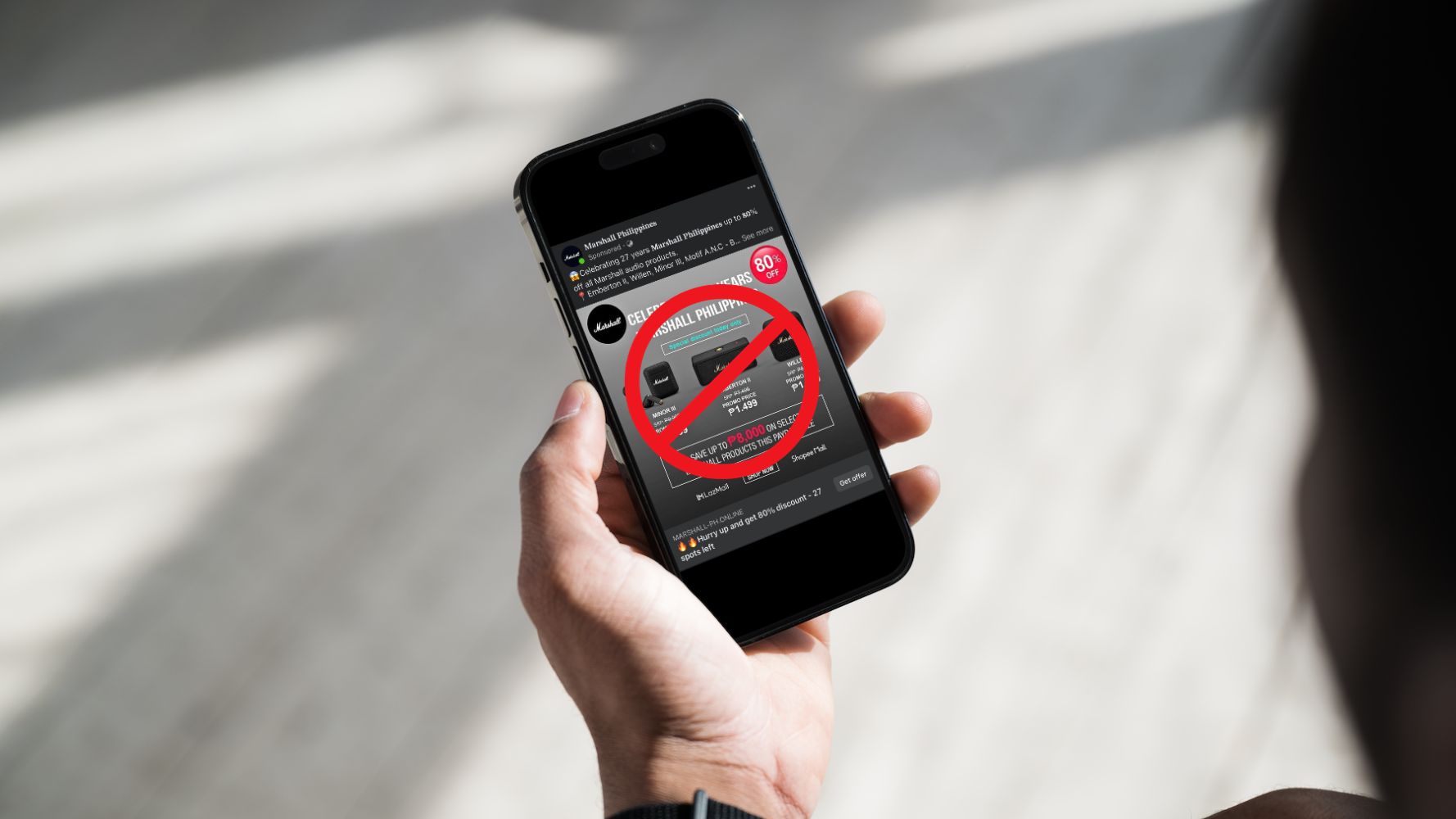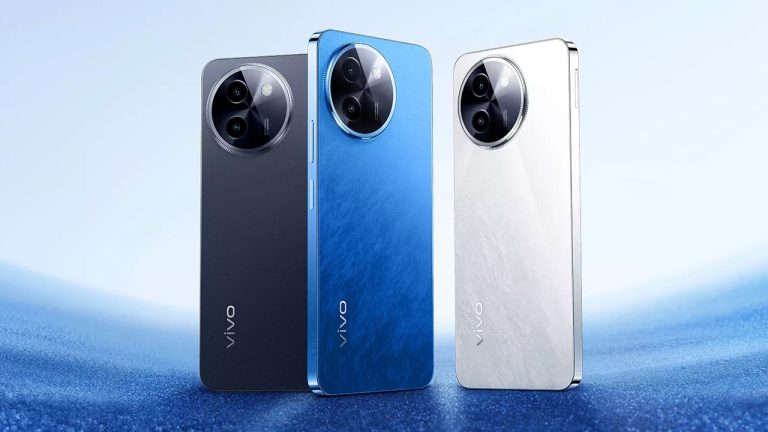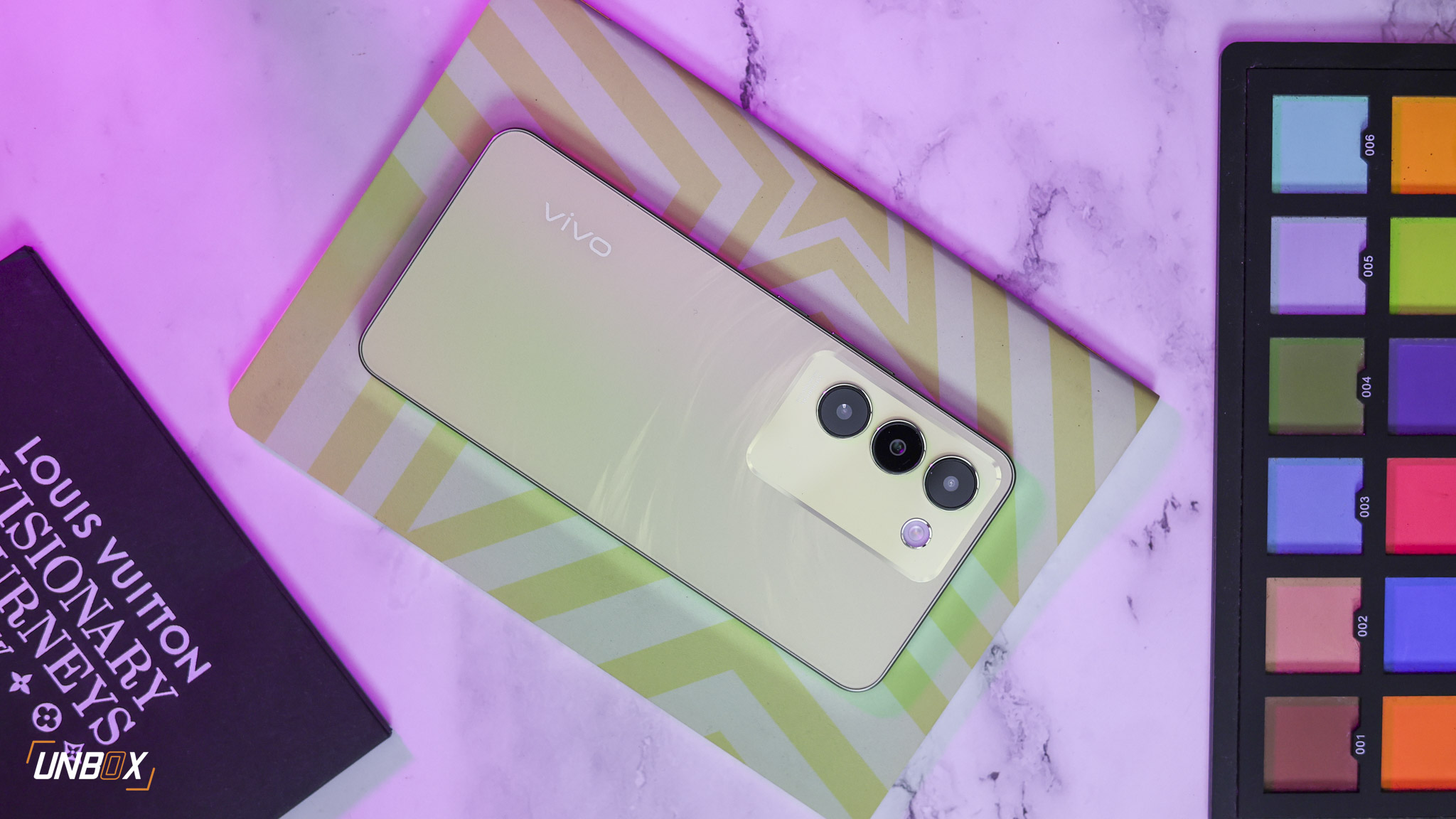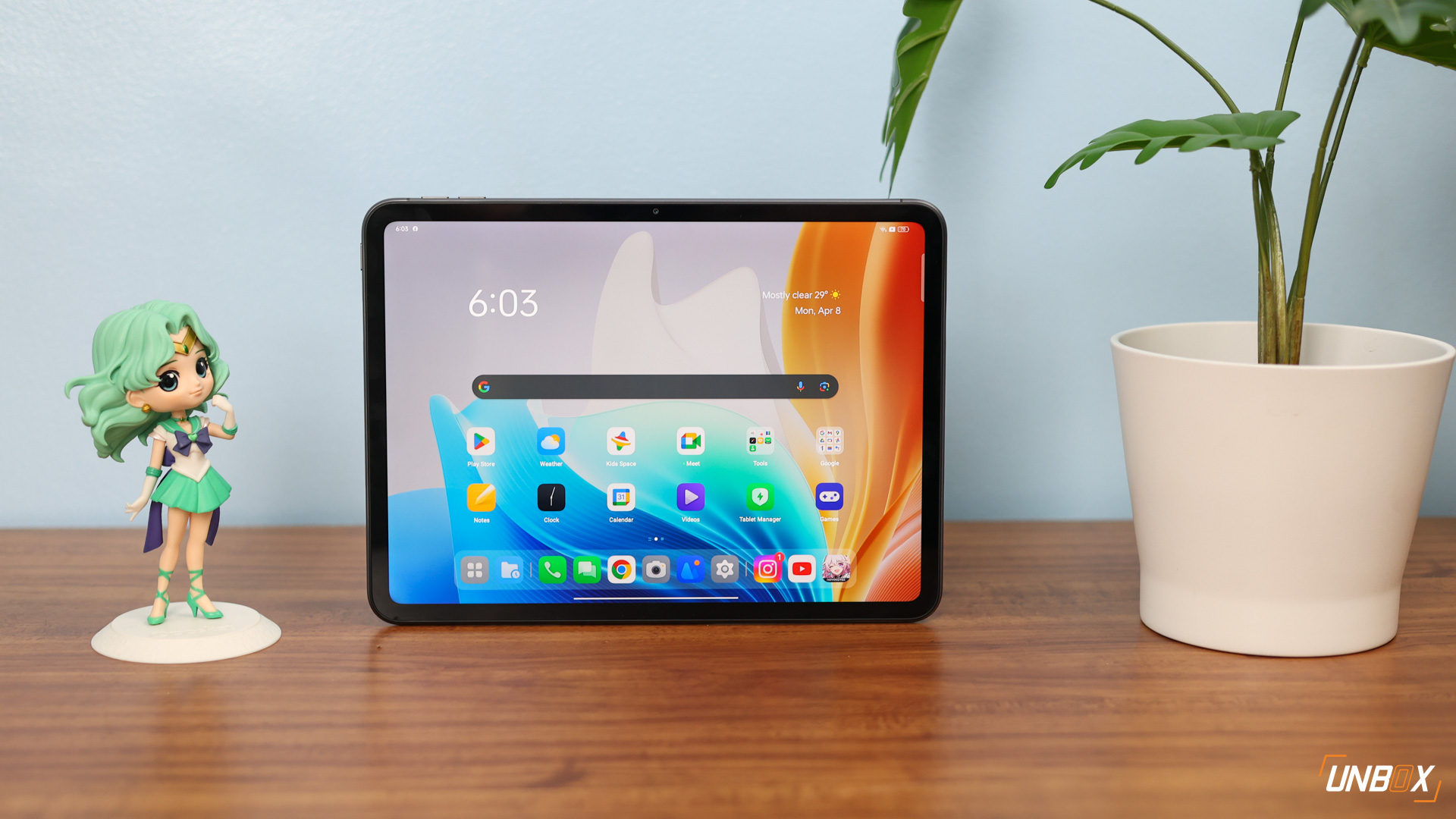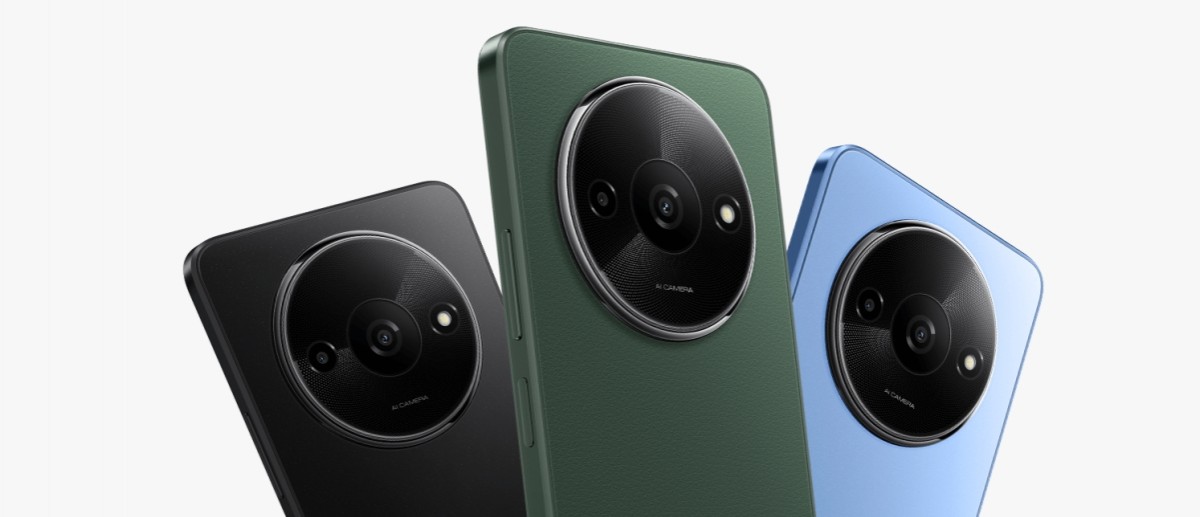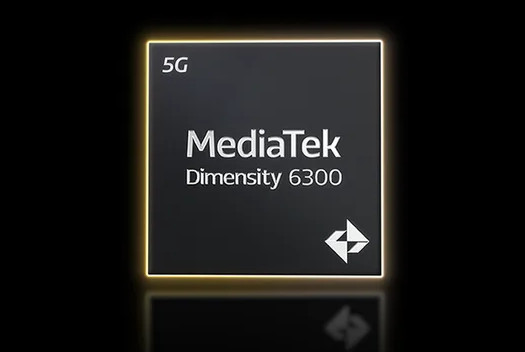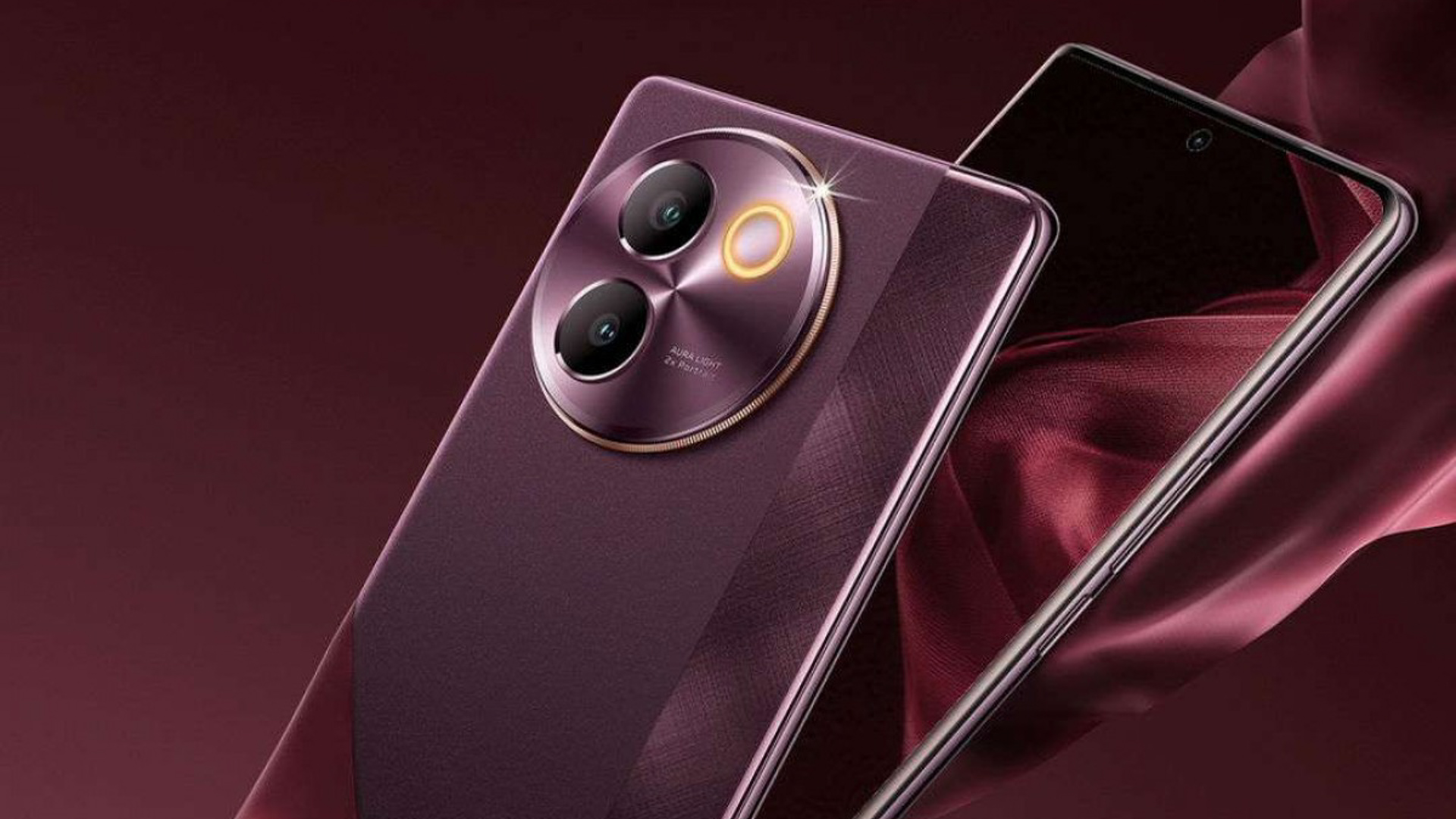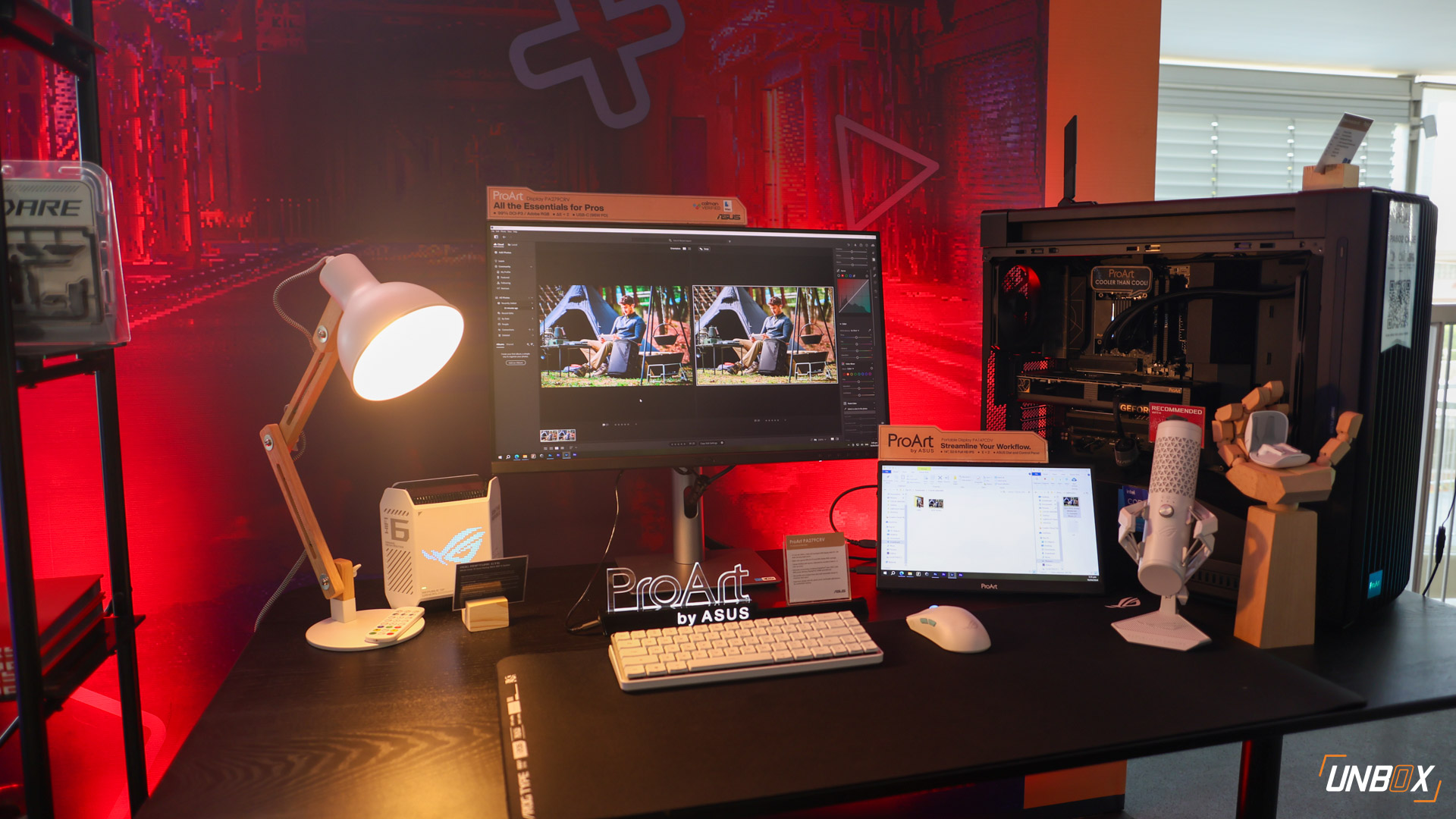They are now as powerful as regular laptops
A few weeks ago, we talked about how the tablet industry is dying—save for the likes of Apple’s iPad line and Samsung’s Galaxy Tablet line. One of our reasons for the declining sales of tablets points to phones offering bigger screen estates while maintaining a small chassis (case in point? The Galaxy Note 8). Then this year’s IFA came, and we have come up with another possible theory: brands are slowly trading tablets for 2-in-1 laptops (or sell their tablets with keyboards) instead.
 ASUS ZenBook Flip 15
ASUS ZenBook Flip 15
With this year’s IFA, we saw a couple of 2-in-1 laptops launched by major brands like ASUS, Acer, Dell, and Lenovo. Their offerings this year can match the specs of performance-level laptops while giving users ultimate portability.
In this year’s CES, Digital Trends noted that time will come when 2-in-1 laptops will become the norm with laptops, and we are not going to be surprised with that. “Now that hybrids aren’t constrained by inferior hardware, and a touch interface isn’t seen as a gimmick, it’s difficult to see how traditional laptops could compete against their 2-in-1 rivals,” the said article noted.
Does it make sense to get a 2-in-1 laptop these days? Never mind the purists who insist that a laptop and tablet should work separately; We do think that there’s a future with 2-in-1 laptops, and here’s why:
They have the best of both worlds
Newer 2-in-1 laptops offer the perks of a touchscreen display, where you can use the computer as a tablet, while offering performance-level specs normally found in regular laptops. Take in the newly-launched ASUS ZenBook Flip 14 and 15 and Acer Switch 7 Black Edition for example: While both are 2-in-1 laptops, they stand out by offering a variety of hardware options including a discrete graphics card.
 Acer Spin 7
Acer Spin 7
Read: Acer Spin 7 Unboxing, Quick Review: Slim and Sexy Convertible
This was not possible six years ago—when two-in-one laptops gained mainstream attention with the ASUS Eee Pad Transformer. Back then, two-in-ones have limitations when it comes to internals (laptop-level hardware was not possible) and software (2-in-1s would either run stripped versions of Windows or have to settle with Android, which was still far from perfect). With rapid advancement in technology, anything is possible now with laptops nowadays.

The ASUS Transformer T100 back in 2013. While it is a fully-featured Windows laptop, its specs pale in comparison with newer 2-in-1 laptops equipped with Intel’s Core processors (this one uses an Intel Atom processor).
“We’ve now reached the point where manufacturers can fit not only mobile processors like Apple’s A9x chip into the latest 2-in-1s but even Intel’s latest and greatest dual-core chips, without making major concessions in size, battery life, or performance,” Gave Carey explains in his editorial at Digital Trends on the rise of 2-in-1s back in 2016.
They stand true to their flexibility
One good reason why tablets started to fail sales-wise is its lack of ports, limited only to a Micro USB (or in some cases USB-C). Some two-in-one tablets, on the other hand, offer more than just a Micro USB (or USB-C in some cases) port; The Acer Switch 7 Black Edition for one has a full-sized USB 3.0 Port, a USB-C/Thunderbolt 3 port, and a MicroSD card reader.
 Acer’s Switch 7 offers a few ports, enough to make users productive.
Acer’s Switch 7 offers a few ports, enough to make users productive.
With more connectivity options, in addition to sporting a multi-function screen and chassis, these 2-in-1 laptops can help improve people’s productivity—regardless if you are a creative or a business professional—while on the go.
Read: Acer Switch 7 Quick Review: Skinny, Fanless 2-in-1 With Discrete GPU
They define the future of computers
As tablets are declining in sales, so are desktops. With the launch of Microsoft’s Surface Book, manufacturers finally saw the potential of these conventional laptops. And you should not worry about their price either: There are affordable 2-in-1 laptops out there that offer decent specs like Acer’s Spin 1 and Switch One 10—both retailing for under Php 20k.

The Acer Switch One 10 is priced under Php13k at Villman
In fact, ComputerWorld reports that 2-in-1s are seen to grow by more than 21% in the next four years. “The reason for [the] growth in [the] iPad Pro and 2-in-1 [laptops] is the increasing adoption of these devices for office use as a second device,” Forrester analyst Satish Meena said, in an interview with ComputerWorld. Now, if you consider the sales of tablets equipped with keyboards (they are considered 2-in-1s too) doubling year-over-year, maybe tablets have to evolve as 2-in-1 computers to stay in the game.
Closing remarks: Should Apple make the same move?
It is interesting to see if Apple would join in the 2-in-1 trend with its MacBook line. A few years ago, Tim Cook said during the launch of the iPad Pro that they will never combine an iPad and MacBook. He even mocked at the idea of 2-in-1 laptops back in 2012.

The Apple iPad Pro with the Apple Smart Keyboard
Yet, with the introduction of the Touch Bar MacBook Pros, and the launch of iOS 11 (which is said to transform the iPad into a desktop), the guys at Cupertino might be considering the thought of 2-in-1 Apple devices after all. If they went for a radical redesign with the iPhone 8, I’m sure they can do that with their iPads and MacBooks.
Do you think 2-in-1 laptops define the future of computers? Share us your insights at the comments section!







